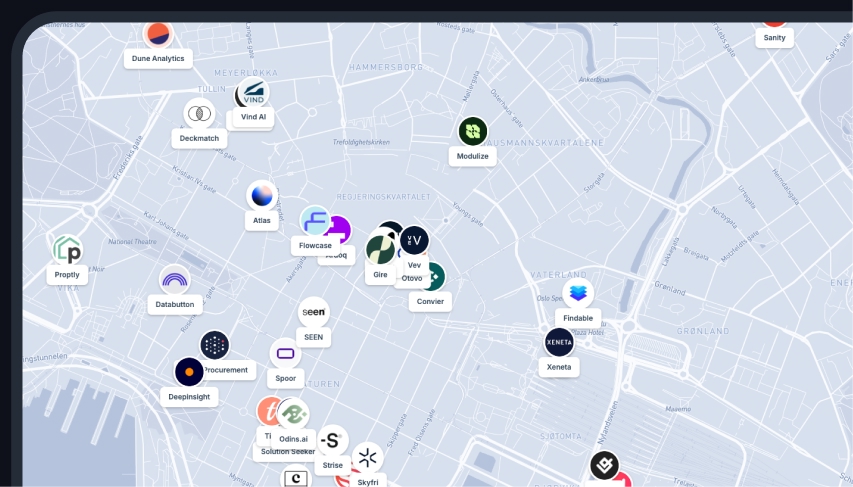Network Analysis
Definition
Network Analysis in terms of Geographic Information Systems (GIS) refers to a set of techniques used for subdividing, examining, modeling, and interpreting the geometric or topological properties of spatially distributed, real-world networks. These networks can range from transportation systems, such as roadways, railways, and airlines, to hydrologic systems, including river networks, water distribution systems, or even social networks. Network analysis enables the identification of the shortest path, traveling salesman problem, closest facility, etc.
What is Network Analysis?
In the context of GIS, Network Analysis is a process that defines, represents, and analyzes Earth's physical features and the events that occur on these networks. It allows specialists to study various network-related problems and provide high-quality solutions. Network Analysis is broadly used in numerous fields like urban planning, logistics, emergency evacuation planning, conservation biology, and public health.
There are different types of network analyses, such as:
-
Shortest Path Analysis: This type finds the smallest or shortest path between two points within a network.
-
Traveling Salesman Problem: It defines the problem of finding the shortest possible route that a salesman can take to visit all destinations and return to the original location.
-
Closest Facility: This analysis is used to find the nearest or most accessible facility from a certain location.
-
Allocation: It identifies the best locations to distribute resources.
Through Network Analysis, GIS professionals are able to optimize movement and flow within a network, and enhance overall decision-making processes.
Work faster with spatial data
Easily import data, automate analysis and build spatial apps for the web, all within a single software.
FAQs
What is the importance of Network Analysis in GIS?
Network Analysis provides necessary tools for solving complex location and routing problems, optimizing resource allocation, evaluating connectivity, and performing various other tasks that are crucial in areas such as urban planning, transportation, logistics, and infrastructure development. It is an essential tool for delivering accurate and efficient solutions.
Is Network Analysis only applicable for transportation systems?
No, Network Analysis is not exclusive to transportation systems. Although widely used in that field, it is also applicable to a variety of different sectors. For example, it can be used in public utilities management, telecommunication network planning, supply chain management, and even in epidemiology to trace disease spread.
What are the main steps involved in Network Analysis?
The main steps include: Defining the network; specifying the parameters like costs, restrictions, or hierarchies; executing the network analysis operation such as finding the shortest path or closest facility; and analyzing and interpreting the results to form meaningful conclusions for decision-making.
How is Network Analysis related to spatial data?
In GIS, spatial data is the information about the physical location and shape of geographic features. Network Analysis uses this spatial data to perform complex modeling and interpretation of real-world networks. The results of these analyses often have a spatial dimension and are represented on maps or in similar formats.
